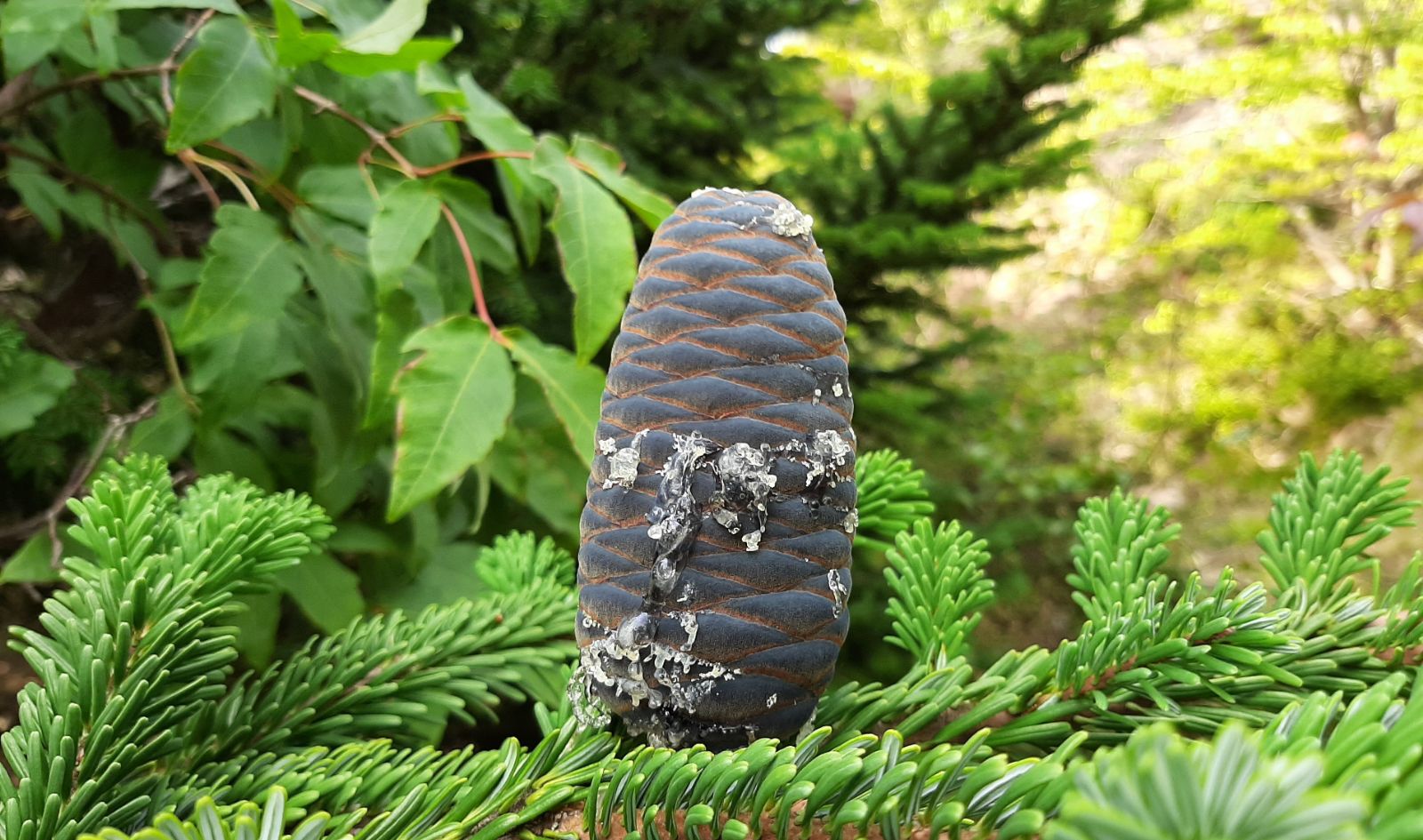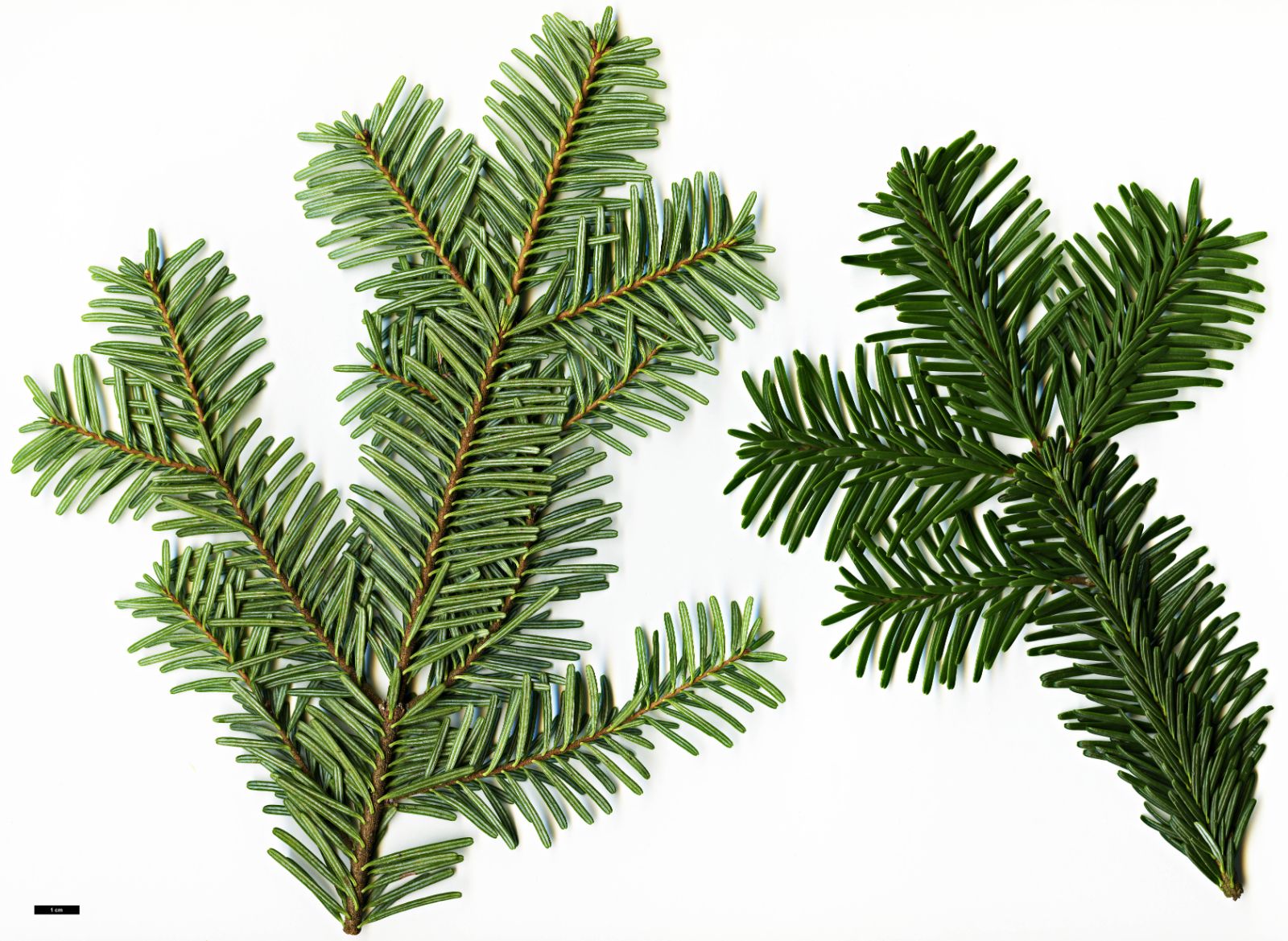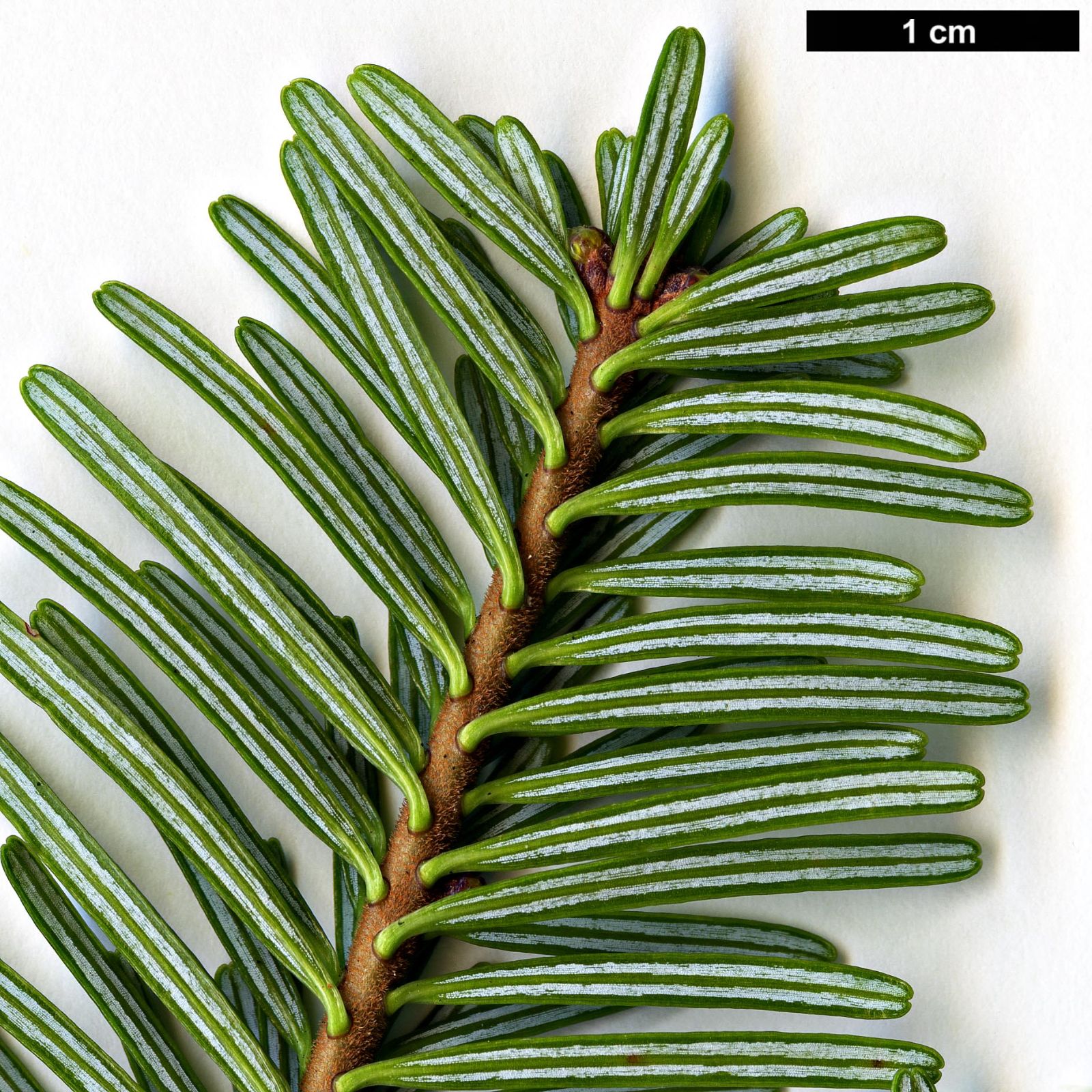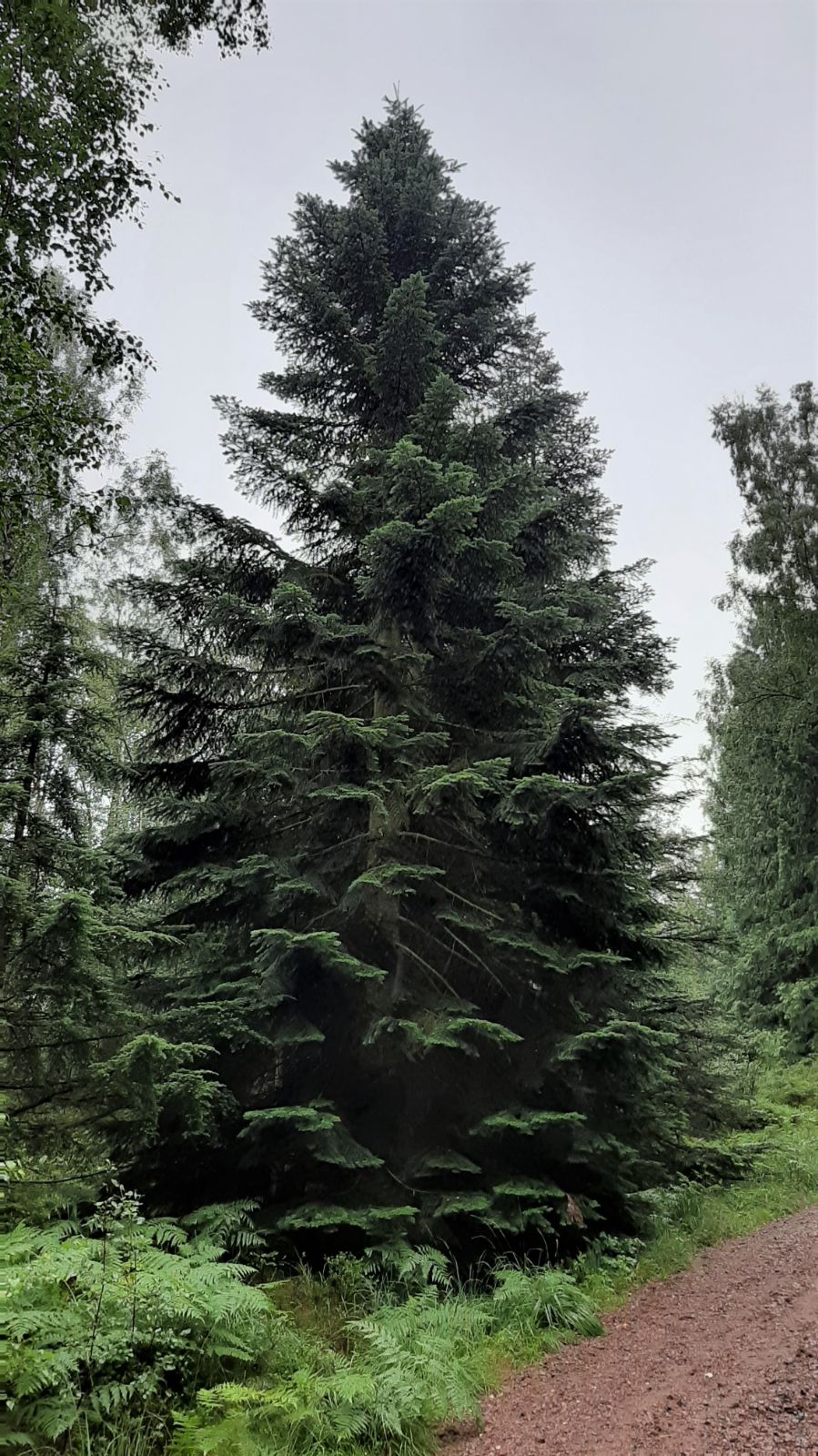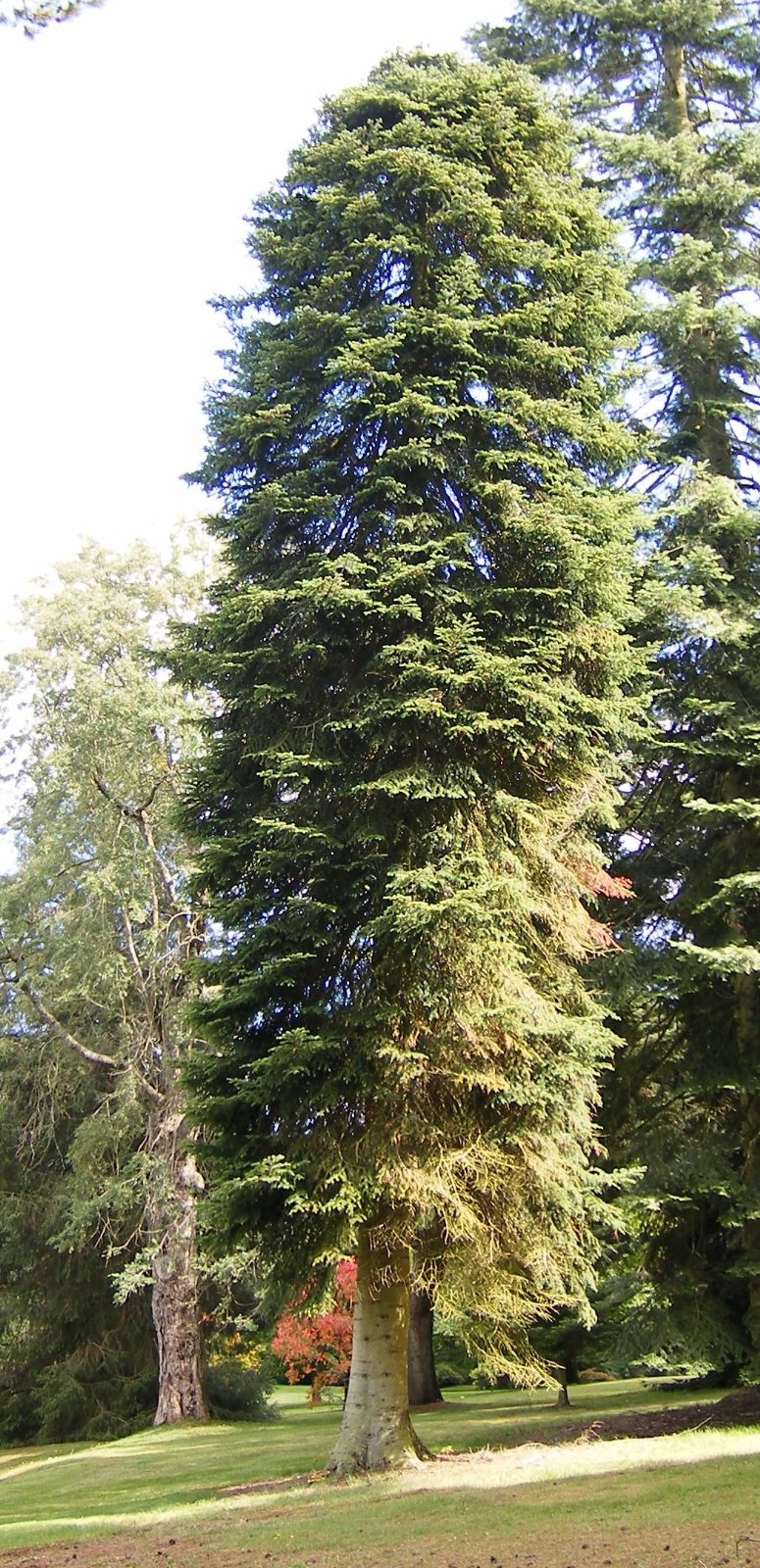Abies mariesii
Sponsor
Kindly sponsored by
Sir Henry Angest
Credits
Tom Christian (2021)
Recommended citation
Christian, T. (2021), 'Abies mariesii' from the website Trees and Shrubs Online (treesandshrubsonline.
Genus
Common Names
- Maries Fir
- O-Shirabiso
- Sapin de Maries
- Toddomatsu Fir
Other taxa in genus
- Abies alba
- Abies amabilis
- Abies × arnoldiana
- Abies balsamea
- Abies beshanzuensis
- Abies borisii-regis
- Abies bracteata
- Abies cephalonica
- Abies × chengii
- Abies chensiensis
- Abies cilicica
- Abies colimensis
- Abies concolor
- Abies delavayi
- Abies densa
- Abies durangensis
- Abies ernestii
- Abies fabri
- Abies fanjingshanensis
- Abies fansipanensis
- Abies fargesii
- Abies ferreana
- Abies firma
- Abies flinckii
- Abies fordei
- Abies forrestii
- Abies forrestii agg. × homolepis
- Abies fraseri
- Abies gamblei
- Abies georgei
- Abies gracilis
- Abies grandis
- Abies guatemalensis
- Abies hickelii
- Abies holophylla
- Abies homolepis
- Abies in Mexico and Mesoamerica
- Abies in the Sino-Himalaya
- Abies × insignis
- Abies kawakamii
- Abies koreana
- Abies koreana Hybrids
- Abies lasiocarpa
- Abies magnifica
- Abies nebrodensis
- Abies nephrolepis
- Abies nordmanniana
- Abies nukiangensis
- Abies numidica
- Abies pindrow
- Abies pinsapo
- Abies procera
- Abies recurvata
- Abies religiosa
- Abies sachalinensis
- Abies salouenensis
- Abies sibirica
- Abies spectabilis
- Abies squamata
- Abies × umbellata
- Abies veitchii
- Abies vejarii
- Abies × vilmorinii
- Abies yuanbaoshanensis
- Abies ziyuanensis
Trees 25–30 m × <1 m dbh. Crown broad-pyramidal, becomming flat-topped with age, often irregular in exposed trees. First order branches long, wide-spreading, soon downswept with age; second order branches dense, spreading horizontally or assurgent. Branchlets firm, slender, ridged and grooved, pale orange-brown and densely brown-pubescent at first, pubescence reddish and appressed, later greyish and more or less glabrous. Vegetative buds globose, 2–3 mm long, at least partly obscured by apical leaves, resinous, bud scales ciliate. Leaves pectinate below the shoots, forwards and flattened above in distinctive sprays, more or less obscuring the shoots; 1–2(–2.5) cm × 1.6–2.5 mm, most leaves widest near apex but those above the shoot shorter, more ligulate, strongly twisted and narrow at base, apex emarginate, glossy dark green above with a central groove, stomata in two silvery-white bands beneath. Pollen cones axillary, pendulous, 1.5–2 cm long, yellow. Seed cones ovoid-oblong, 4–9 × 2–4.5 cm, apex obtuse, violet blue when immature, ripening through very dark purple to brown; seed scales cyanthiform-flabellate, 1.5–× 2–2.5 cm at midcone; bracts included. (Farjon 2017; Debreczy & Rácz 2011).
Distribution Japan Centran and northern Honshu
Habitat A consituent of the cool-temperate to sub-alpine forests of central and northern Honshu, typically at 750–1900 m asl in the north, but 1300–2800 m asl in central areas. The climate is characterised by cool summers and cold winters, with year-round precipitation including abundant snow. It forms extensive forests with Abies veitchii, Tsuga diversifolia, Picea jezoensis var. hondoensis, and Larix kaempferi. Betula ermanii, B. platyphylla, Acer caudatum subsp. ukurunduense, and Sorbus commixta are common broadleaf associates. In the sub-alpine zone approaching the tree line Pinus pumila and Juniperus communis agg. are common associates.
USDA Hardiness Zone 4-6
RHS Hardiness Rating H7
Conservation status Least concern (LC)
Charles Maries must have felt a certain pang of satisfaction when he first encountered Abies mariesii in the Hakkōda Mountains of northern Honshu in 1879. At a time when the Japanese flora was still gradually revealing itself to the west, when everything was still imperfectly known, least of all where one species might end and the next begin, here was something unequivocally ‘new’. Indeed, the nearest relative of A. mariesii is not one of the other Japanese firs, not even A. veitchii with which it mingles here and there, but A. amabilis, which grows in North America’s Pacific Northwest over 7000 km away across the Pacific Ocean.
Nowadays the floristic similarities between eastern Asia and North America are well known, and the biogeographic histories behind such linkages are becoming better understood all the time, but it would have been interesting to stand with Maries and study his facial expressions as he cast his mind back, as he surely must have, to an earlier encounter with the Pacific Fir. Perhaps this was a precursor to the disdainful chant practiced today by those who find conifer identification an impenetrable dark art: ‘they all look the same’!
Faced with foliage sprays of both species, even a seasoned observer will need time to consider which is mariesii and which is amabilis, and as Alan Mitchell observed, there is no single vegetative character that is immediately diagnostic: ‘The typical tree [of A. mariesii] is easily known by bark, crown and short, shiny, blunt and grooved leaves on a shoot with dense pink-brown pubescence. Although compared elsewhere with A. veitchii it scarcely resembles that species, but is much confused with A. amabilis, which differs in bark, luxuriance (but not always) and, probably best, grey-brown second-year shoots (not orange). Even the aroma of crushed leaves of A. mariesii, normally a warm one like ironed linen, can approximate to the tangerines of A. amabilis, but the leaves of A. mariesii are normally much shorter’ (Mitchell 1972).
Unfortunately Maries’s introduction was not a runaway success, yielding only a few plants. Bean conjectured that most old trees in the UK and Ireland must have been from another source, ‘perhaps the German nursery firm of Hesse’ (Bean 1976) where he saw ‘a healthy batch’ of seedlings in 1908 (Bean 1914), but the Veitch Nurseries must have obtained material from another source besides Maries’s original introduction, for they supplied plants to the Arnold Arboretum in 1889 and again in 1910 (Arnold Arboretum 2020). Sargent also collected seed in 1892 (Arnold Arboretum 2020).
Elwes & Henry did not observe any sizeable trees, but quote a report written by Bean in the Gardener’s Chronicle (xli 1907) of a single tree he had observed in the pinetum at Scone Palace, Perthshire. Bean mentions this tree briefly in his first edition (Bean 1914) but there is no mention of it in 1976 (Bean 1976) and by this time the best was a tree at Dawyck, planted in 1910. This tree was 16.8 m in 1966, and for several years it was among the biggest anywhere, but in recent years it has repeatedly suffered from storm damage. New tops were reported growing in in 1982, but it was broken again in c. 2006, and again before 2009, leaving it a truncated monolith of 11 m (Tree Register 2020); it has recently been removed (pers. obs. 2020). The best intact trees in the UK and Ireland in 2020 include another at Dawyck, 20 m in 2014, while the tallest confirmed tree is at Strathallan, Perthshire, 21 m in 2017; a particularly fine tree in the pinetum at Grayswood Hill was 18 m in 2010 but may now have gone. Other sizeable trees are scattered through collections, mostly in the cooler north, but it is rare everywhere (Tree Register 2020).
More recent gatherings will ensure Maries Fir remains a feature of collections. Four trees remain from a group planted in 1955 at the Gothenburg Botanic Garden, Sweden, from seed gathered on Mt. Hachimantai (Aldén 2006). Spongberg & Weaver collected it, on the same mountain where Maries first found it, during their 1977 expedition to Korea and Japan for the Arnold Arboretum. This gathering is represented in several North American Collections under their number 171. Costin and Lancaster gathered it in the same locality in 1995, under their number 87, while another consortium of American gardens recently collected it again in 2018 (Arnold Arboretum 2020).
In the UK there is a handsome group at the Howick Arboretum, Northumberland, grown from WAHO 639. Planted in 1990, by 2019 the largest was 6 m × 0.23 m dbh (Tree Register 2020). Before its removal the old storm-damaged tree at Dawyck was joined by a posse of four youngsters grown from seed gathered in 2003 on the Edinburgh Japan Expedition (EJE 90), while trees from BBJMT 22, gathered in 2005, are growing in multiple Scottish collections including Benmore, Dawyck, and Scone, as well as in a handful of North American collections.

